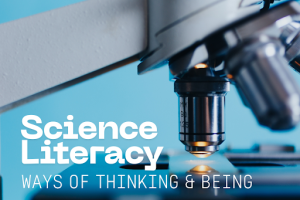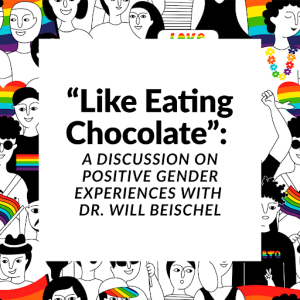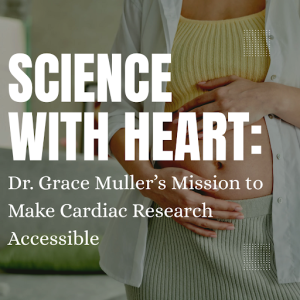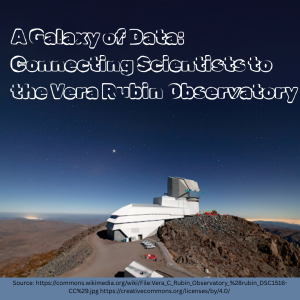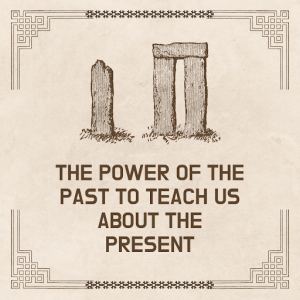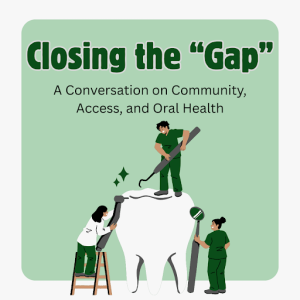By Ella Heckman, C2ST Intern, Loyola University
As our world is constantly changing with new technology, ideas, and discoveries, it can be intimidating to keep track of all of this new information, let alone understand and engage with it critically. If you’re anything like me, it can be easy to get overwhelmed by the amount of information out there and mentally check out. The ability to understand and engage with science is essential for engaging with politics and policy, as well as with each other in our collective future. Let’s talk about science literacy in a way that doesn’t make us ashamed of what we don’t know and understand, and instead talk about it in terms of what we do know and how much more we can learn and do when we are scientifically literate. Once we learn what science literacy is we can go on to ask how we can become more curious, more rigorous, and more present people in our world.
Continue reading “Science Literacy: Ways of Thinking & Being”
By Riley Henry, C2ST Intern, Loyola University
Have you ever thought about how your gender might make you feel good? Gender can help bring out joy and happiness in ways you might not realize! I interviewed Dr. Will Beischel (they/them), an Assistant Professor of Social Psychology at Loyola University Chicago. They research and teach about gender and sexuality, especially the positive aspects of LGBTQ+ life and how people’s identities are shaped developmentally by their social experiences. Let’s jump in and learn more about these positive gender experiences!
Continue reading ““Like Eating Chocolate”: A Discussion on Positive Gender Experiences with Dr. Will Beischel”
By Emily Krueger, C2ST Intern, Loyola University
Biomedical research allows us to better understand how our bodies function, yet this information is often inaccessible to those outside of scientific spaces. These barriers limit our understanding of our bodies and health. Some scientists are working to close this gap and make sure that everyone has a fair chance to learn about science. Dr. Grace Muller is one such scientist. Dr. Muller is a biomedical researcher specializing in cardiac physiology and a faculty member at Loyola University Chicago. Her research focuses on understanding how the heart works during conditions like heart failure or during physiological challenges like pregnancy. Let’s learn more about Dr. Muller’s scientific journey and see how she is integrating her research with outreach initiatives!
Continue reading “Science with Heart: Dr. Grace Muller’s Mission to Make Cardiac Research Accessible”
By Sophia Chen, Student Researcher, Illinois Tech
The vast majority of telescopes today observe just one small part of the sky at a time. In order to obtain data about a specific star, black hole, or other celestial object, researchers must request a telescope be pointed in its direction. At least, that’s how things used to be. With the ground-breaking Vera C. Rubin Observatory in Chile, many scientists will be able to study all different parts of the observable universe at once.
Continue reading “A Galaxy of Data: Connecting Scientists to the Vera Rubin Observatory”
By Riley Henry, C2ST Intern, Loyola University
Sitting down in my high school history class sometimes felt like such a chore. It was easy to feel like I would rather be doing a science experiment or solving math problems instead of reading an old history textbook. However, research in educational sciences shows that history is incredibly important despite being often overlooked. Continue reading to understand more about the impacts of learning about history!
Continue reading “The Power of the Past to Teach us About the Present”
By Hayden Nelson, C2ST Intern, University of Chicago
In Chicago and across the world, millions face painful, preventable dental diseases because the system isn’t built to reach them. To understand why dental care matters far beyond the dentist’s chair, and what can be done to close the growing gap in access, I spoke with Dr. Alejandra Valencia, DDS, MPH, MS. As the Director of the Oral Health Forum and a Diplomate of the American Board of Dental Public Health, Dr. Valencia brings a rare and powerful perspective on the intersection of dentistry and public health. What emerged from our conversation was a powerful reminder that fixing oral health inequities means looking at communities, systems, and the very way we think about care.
Continue reading “Closing the Gap: A Conversation on Community, Access, and Oral Health”
